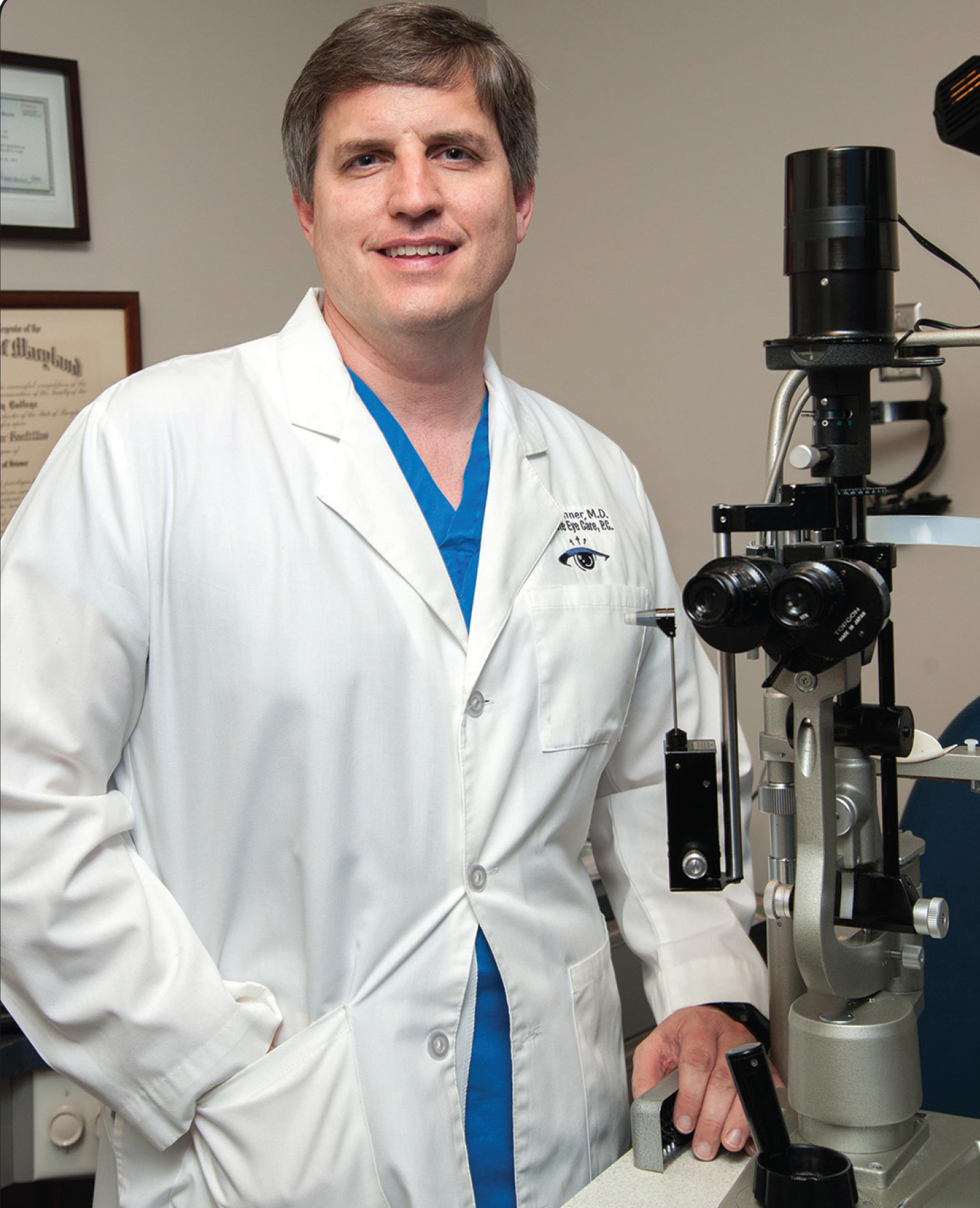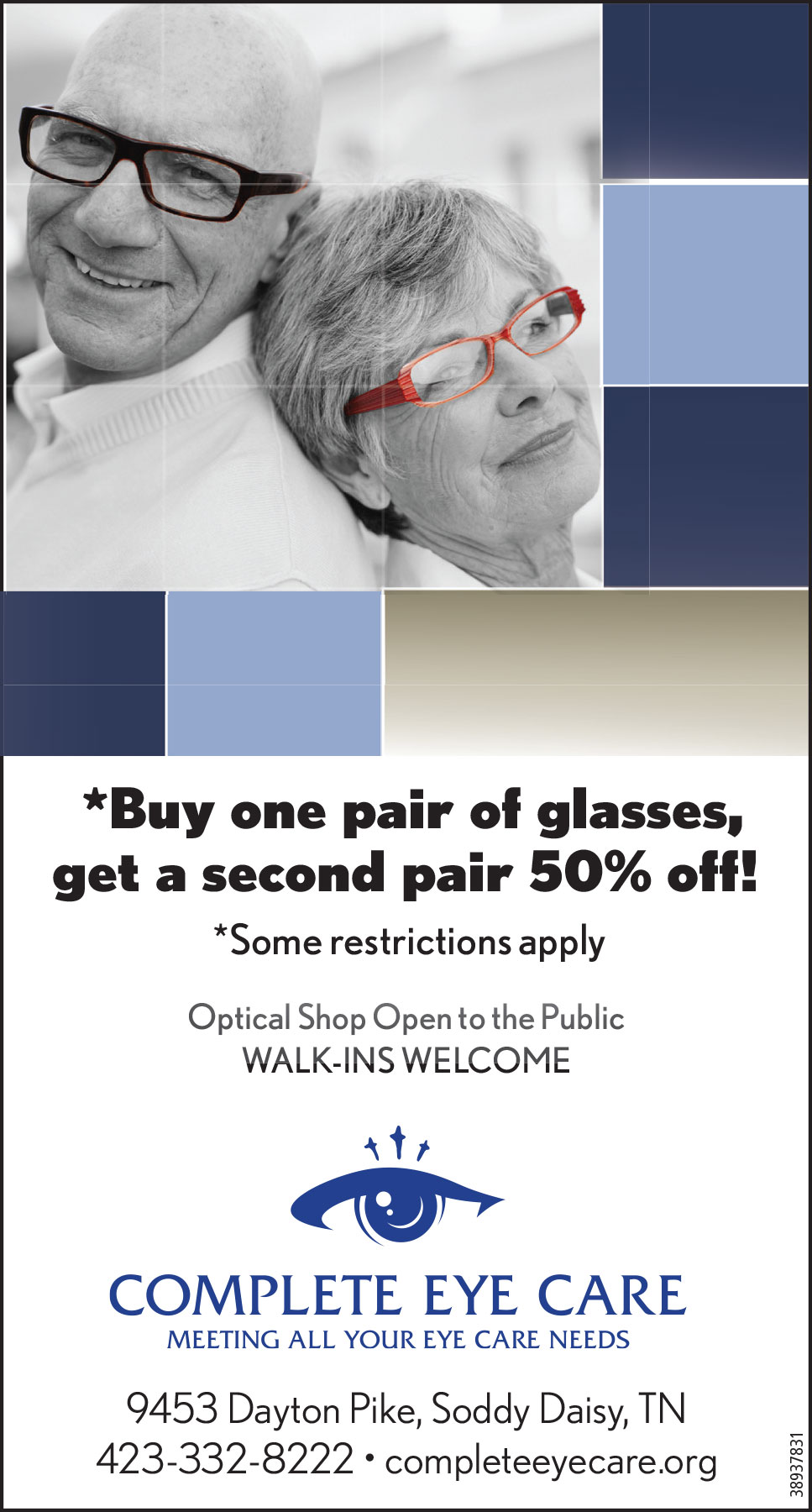For years people have thought cataract surgery was done by a laser. However, for the past three decades the primary way has been with ultrasound. Now laser assisted cataract surgery is available, and while ultrasound is still necessary to finish the procedure, laser can be used to do most of the cataract surgery in ways that make it safer and with better outcomes for the patient.
"One of the reasons people choose laser assisted cataract surgery is to reduce or eliminate corneal astigmatism," said Dr. J.D. Bonner with Complete Eye Care. "While many people are able to achieve 20/20 vision with traditional ultrasonic cataract removal others have irregularly shaped corneas causing astigmatism making them unable to achieve 20/20 vision without glasses after cataract surgery."
He added that with laser assisted cataract surgery, in a matter of seconds, the laser can reshape the cornea at the time of the cataract procedure, thus making people more likely to achieve 20/20 vision.
In addition to addressing astigmatism, the laser does many steps of the surgery that could only previously be performed by the hands of the surgeon.
"Until laser assisted cataract surgery was available, the most challenging and difficult part of the surgery for most surgeons has been making a circular opening in the capsule by hand," Dr. Bonner explained. "The cloudy lens which is called a cataract is enveloped in a capsule that must be opened to remove the cataract; now laser can make a perfectly round and centered circular opening in the capsule eliminating a step for the surgeon in the surgery that has often been a common cause of complications."
Because the opening in the lens capsule is perfectly round and centered it allows the lens implant to stay better centered in the eye making it more suitable for specialty lens that correct for astigmatism or multifocal lens designed to alleviate the need for reading glasses. The laser divides and softens the cataract so that less manual manipulation is required in the eye and less ultrasound is used to dissolve the cataract.
"This reduces the risk of cornea swelling which is a common complication of cataract surgery," Dr. Bonner noted. "Overall, laser assisted cataract surgery offers a more predictable and safer way of doing cataract surgery."
Complete Eye Care is committed to providing the latest technological advances to our patients, and we are happy to provide laser assisted cataract surgery as part of our services. While laser assisted cataract surgery isn't for everyone, and it carries an additional out of pocket expense, Dr. Bonner and his patients have been very pleased with the outcome. Laser assisted cataract surgery is Dr. Bonner's preferred method of cataract surgery when it is indicated.
Complete Eye Care is open Monday through Friday with late appointments available on Monday, Tuesday and Thursday until 7 p.m. and is located at 9453 Dayton Pike in Soddy-Daisy. For more information about their services or to schedule an appointment, call 423-332-8222 or visit completeeyecare.org.
Complete Eye Care accepts most medical and vision insurance plans. Dr. J.D. Bonner, a board certified Ophthalmologist, opened Complete Eye Care and has been at the Soddy-Daisy location since May of 2005. He handles cataract surgeries and patients at the local practice, and said he's glad to do what he does.
Noteworthy:
"One of the reasons people choose laser assisted cataract surgery is to reduce or eliminate corneal astigmatism," said Dr. J.D. Bonner with Complete Eye Care. "While many people are able to achieve 20/20 vision with traditional ultrasonic cataract removal others have irregularly shaped corneas causing astigmatism making them unable to achieve 20/20 vision without glasses after cataract surgery."
MORE INFORMATION
For more information about Complete Eye Care's services or to schedule an appointment, call 423-332-8222 or visit completeeyecare.org.

